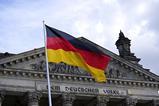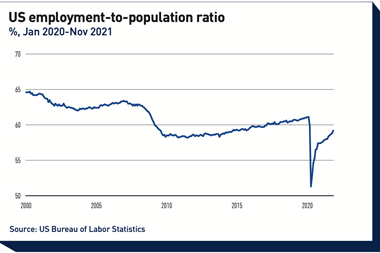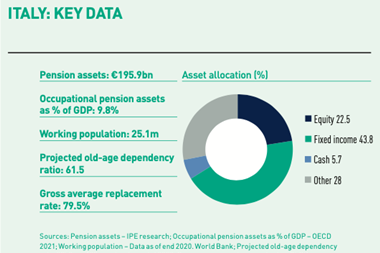Liabilities at Swiss companies’ pension schemes have continued to fall in the second quarter of 2022, leading to an overall decrease of over 20% since the beginning of the year, according to the latest quarterly Swiss Pension Finance Watch published by WTW.
Pension liabilities on companies’ balance sheets have reached their lowest level in nine years in the second quarter of this year, WTW added. In Q1 liabilities dropped by over 12%.
The decrease in the two quarters was caused by rising discount rates and corporate bond yields, WTW explained. Corporate bond yields increased by around 90bps over the last quarter, the same increase posted during the first quarter of this year.
Adam Casey, head of corporate retirement consulting at WTW in Zurich, said: “As discount rates fell steadily but surely over the last 5-10 years, company pension balance sheets were often hit by liabilities rising faster than asset rises could keep up. There has been a dramatic U-turn in that trend at least over the first half of this year.”
Assets at companies’ pension funds also decreased by 8.5% in the second quarter, but balance sheets were not impacted as liabilities fell too, according to the consultancy.
WTW’s Pension index climbed by a further 2.5% in Q2 as a result of pension assets decreasing to a lesser extent than companies’ pension liabilities.
Funding ratios stood at 129.7% at the end of June, up from 127.2% at the end of March, according to WTW’s Pension index.
Investment strategies at companies’ pension schemes have been tested by market volatility, the war in Ukraine, and high inflation. On average, Swiss pension funds returned -8.5% in the second quarter of this year, and -13.3% so far this year.
Swiss corporate pension funds had however opted to cut their exposure to longer-term bonds in favour of short-term bonds, real estate and alternatives during the period of low bond yields, according to WTW, to reduce losses in portfolios with rising yields on bonds.
Casey added: “It seems like many pension funds invested with the expectation of bond yields increasing again. Their investment decision to move away from longer-term bonds has now finally come to fruition but was it worth it and, more importantly, how should they invest their portfolios in the new market environment?”
The latest digital edition of IPE’s magazine is now available
















No comments yet